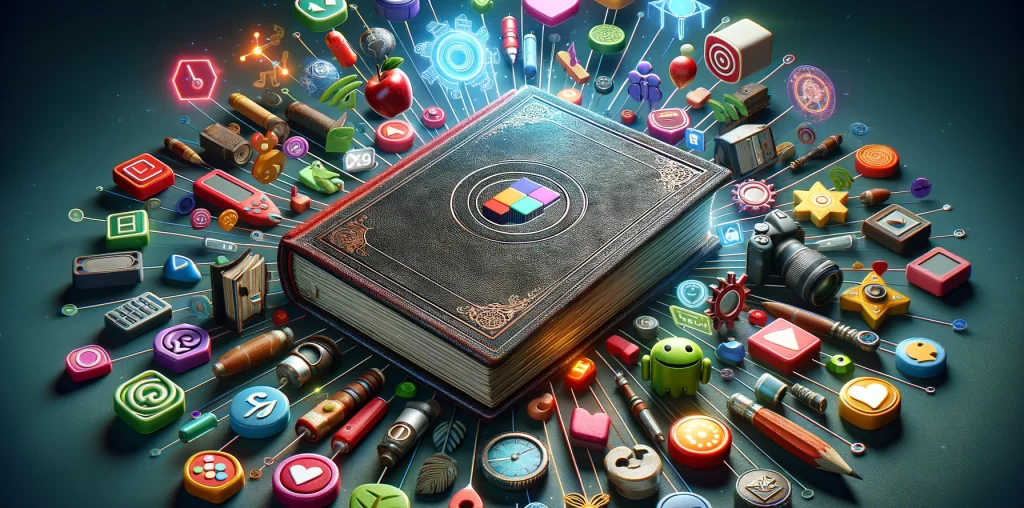Non-fungible tokens or NFTs have taken the world by storm with sky-high valuations and intriguing use cases. However, for many beginners it seems complex and inaccessible. As a crypto trader and blogger, I often get asked – “what exactly are NFTs and how do they work?” This article aims to provide a complete layman’s guide to understanding this new digital asset class. Whether you want to buy your first NFT or even mint and sell your own – this is the perfect starting point.
What are NFTs, and How Do They Work?
In simple terms, NFTs are “one-of-a-kind” digital assets representing ownership over unique items like art, music, videos, etc. They are created or “minted” on blockchains like Ethereum which keep a public record of ownership and transactions.
As Chris Dixon, a famous Silicon Valley investor explains:
“NFTs represent a radical expansion in how we can organize, discover, and make decisions about scarce resources. Their foundational promise is the ability to encode provenance.”
Some key properties make NFTs unique:
- Authenticity – Each NFT contains identifying information recorded on the blockchain which establishes proof of ownership.
- Scarcity – Most NFTs are designed to represent rare digital artifacts with finite supply.
- Indivisibility – Each token represents complete ownership – they cannot be partially owned.
These lend digital items intrinsic collectible value – similar to rare physical memorabilia, capped supply Pokémon cards or original artwork.
Buying, Selling and Creating NFTs
To purchase NFTs you first need to set up a crypto wallet that supports tokens on blockchains like Ethereum and Solana where most NFTs are currently built. Popular options are Metamask, Coinbase Wallet or Phantom. You can then connect this wallet to NFT marketplaces like Opensea.io and purchase tokens with cryptocurrencies like Ether.
For creators, marketplaces like Opensea also provide the option to easily mint and sell your digital artwork and collectibles to fans as NFTs. You simply need to upload your artwork and add a description. The NFTs can then be auctioned or sold at a set price. Each time your artwork is resold, you earn royalty as the original minter.
Benefits and Use Cases of NFTs
NFTs open up new possibilities for creators to directly engage with fans and collectors. Musicians are selling limited edition songs while digital artists are connecting directly with art patrons. For fans and collectors, it provides access to digital memorabilia linked to their favorite creators. NFTs also represent ownership of virtual land/items in metaverse games like Decentraland allowing new models of community-driven economies. The transparent ledger means collectors can verify history, authenticity and ownership – adding to the intrinsic value.
Challenges and Risks
However, NFTs also come with certain risks, especially for novices in the crypto space.
Environmental Impact
The energy intensive proof-of-work consensus mechanism used by the Ethereum blockchain has faced criticism. However, the move to more efficient protocols like proof-of-stake is underway.
Fraud Risks
Shady players can take advantage of the NFT hype to make quick money. Only engage withestablished marketplaces and be careful of scams involving fake NFTs or pump-and-dump schemes.
Speculative Manias
Viral trends like profile picture collections and meme coins have shown NFT valuations can spike and crash rapidly when speculation outpaces utilities. Tread carefully and do your own research before investing heavily.
Conclusion
NFTs represent an exciting bridge between blockchain technology and content creation – opening up new frontiers for digital ownership and creative monetization online. However, caution should be exercised before blindly jumping onto speculative bandwagons in this nascent space. As the ecosystems mature balancing hype with more meaningful utilities – NFTs can transform from short-lived fads to integral components of how we interact and transact in virtual worlds.
I hope this guide gives beginners a balanced perspective on understanding the what, why and how of NFTs while equipping you with the right pointers to explore further based on your interests.
FAQs
Do I need crypto to buy NFTs?
Yes, you need a cryptocurrency like Ether to purchase NFTs from marketplaces like OpenSea. Crypto can be easily purchased from exchanges like Coinbase using credit cards or bank transfers.
Where can I sell my NFT artwork?
Popular NFT marketplaces like Opensea, Rarible, Superrare, Foundation allow creators to easily mint and sell digital artworks to a large community of collectors.
What determines the value of an NFT?
Like physical artworks – factors like creator reputation, artwork quality, scarcity and demand determine valuations. Additionally, NFTs with membership benefits, community ties or metaverse utilities tend to be valued higher.
Is minting NFTs free?
Platforms like Opensea offer free minting up to a limit. But blockchain transaction fees called “gas” needs to be paid to completely mint the NFT which varies based on network congestion and token complexity.
Can NFTs be hacked or stolen?
While blockchain networks themselves are secure, vulnerabilities can arise if owners use malicious browser extensions for crypto wallets storing NFTs or unwittingly provide access to phishing attacks – allowing tokens to be drained from accounts. Enable security features like 2-factor authentication to stay protected.

